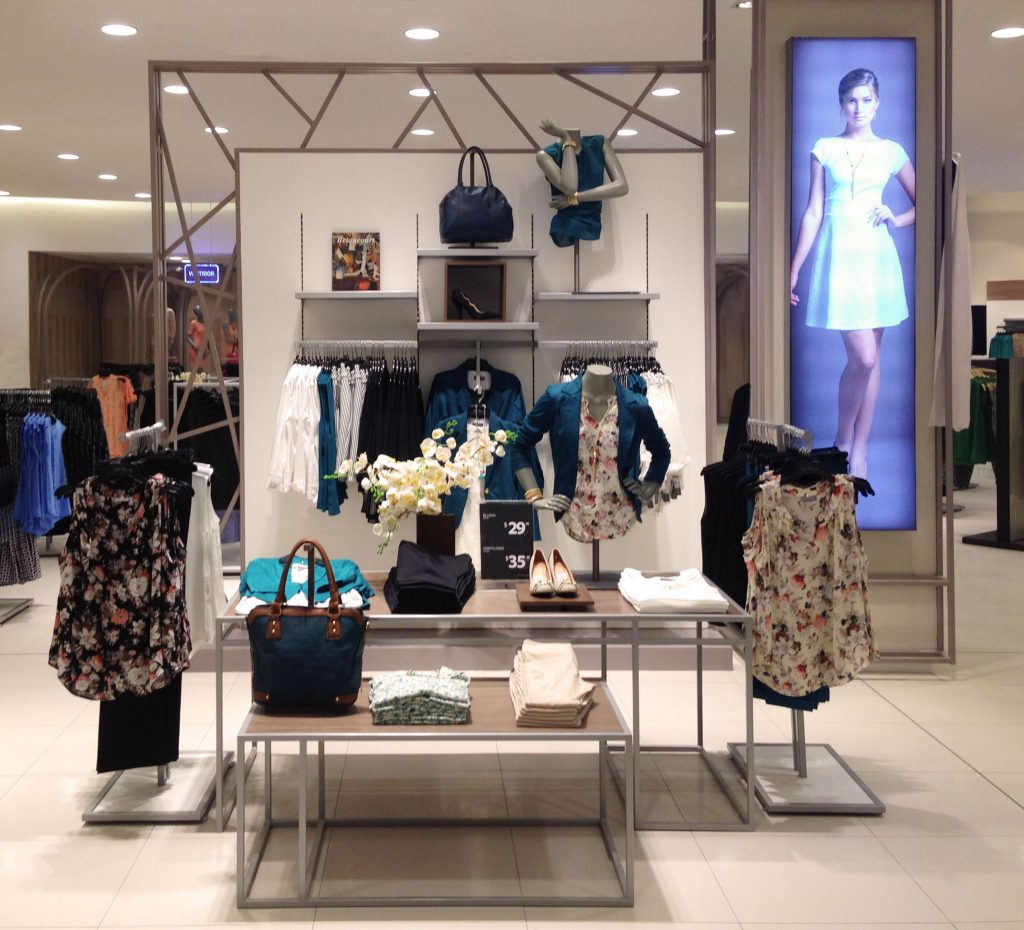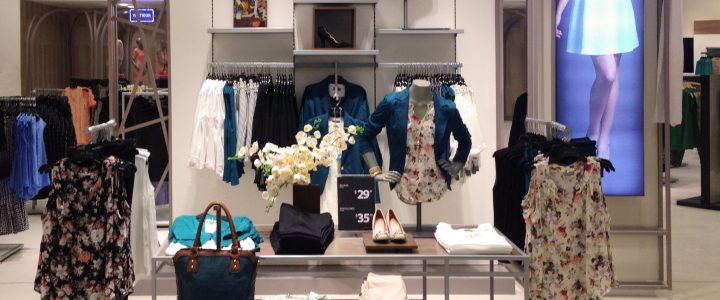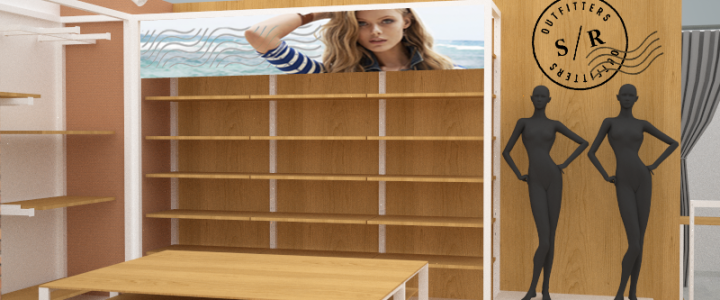
It's almost 11:00 am and the store is about to open its doors, everything must be in its place and placed as planned, nothing out of place.
This sounds logical and simple in a work meeting, but in reality, many people are involved, all of whom must have the same "chip" as the entire team, a mentality that the impact of having the store ready by a certain date and time is fundamental.
Therefore, all actions must be combined with a single goal: to ensure that the client understands what we want to convey with the collection or product launch.
That's why, from my visual perspective, I'm listing these practical tips for you to implement in your organization.
Stock to receive. It's the key element of the display, having prior knowledge of the quantities of pieces, as well as their variants, that will be received in the store. This ensures that the impact in the store is what the entire team envisioned.
Furniture available. You need to know how far the furniture you have will cover your display needs, or perhaps it's time to consider redesigning your existing furniture.
The surprise factor. You should always make room for a positive surprise for your customer. Create a memorable detail so they might not remember every item from the launch, but they'll remember the details that surprised them. This could be with the POP material or a stylish piece on the mannequins that helped reinforce the main concept.
Store guidelinesJust like instructions for assembling a Lego brick, so should the instructions provided by the stores. If you need a folding detail: explain it. If you need an item to go first: explain it. If you want a mannequin dressed a certain way: explain it. It's important to remember that our team is often 100% visual, so this guide should be more graphic than written.
Anticipate what is going to happenNot everything in stores is rosy, so we must be mindful of what we need to improvise, from the simplest to the most complex. For a garment to reach a store, it must go through many people and processes, and some parts may break down or fail. But always be clear in advance that everyone involved must be informed so they know what to do.
Timming. This concept should be ingrained in everyone. There's no sale without merchandise, but even more so, there's no impact with a complete merchandise.
As we mentioned in the previous point, the client only sees the tip of the iceberg formed by having a store ready and a collection displayed. Simply put, the execution of what was planned will always be the priority of the visual and operations teams; no one is more responsible for ensuring that things are well explained in the stores than those involved in execution. From a numerical perspective, operations, design, logistics, purchasing, and visual create a chain that must be clearly defined, and everyone must be familiar with it in order to react.








